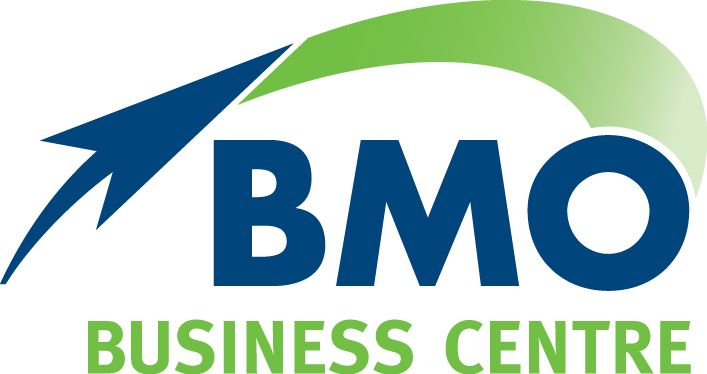Federal Budget 2025-26: Spotlight on tax
In the shadow of an upcoming election, Jim Chalmers’ fourth Budget delivered small but unexpected tax cuts for all Australian taxpayers.
The modest cuts were delivered against a backdrop of growing economic uncertainty, with the treasurer emphasising the need for national resilience in the face of rapid global change.
Tax cuts for everyone
In a surprise revelation, the treasurer announced two new tax cuts in the 2025 Budget.
The first is a cut in the lowest personal income tax rate, which covers every dollar of a taxpayer’s income between $18,201 and $45,000. The current 16% rate will reduce to 15% in 2026-27 and be lowered again to 14% from 1 July 2027.
According to the government, the reduction will take the first tax rate down to its lowest level in more than half a century. Combined with the 2024 tax cuts, an average earner will be paying $2,190 less in 2027-28 compared with 2023-24.
The second tax cut is an increase of 4.7% to the Medicare low-income threshold for singles and families. This means the Medicare Levy will not kick in until singles earn $27,222, rather than the current $26,000 level. The threshold for families will rise from $43,846 to $45,907, while single seniors and pensioners will have their threshold increase from $41,089 to $43,020.
Energy relief for small business and households
The Budget also provided small businesses and households with a welcome additional energy bill rebate to cope with the burden of high energy costs.
Around one million eligible small businesses will receive an additional $150 directly off their energy bills from 1 July 2025. This will extend the government’s energy bill relief until the end of 2025, as the previous rebate scheme was due to end on 30 June.
Abolition of non-compete clauses and licensing reform
Some businesses may be less pleased with the Budget announcement of a planned ban on non-compete clauses covering low- and middle-income employees leaving for another business or to start their own.
Competition law will be tightened to prevent businesses making arrangements that cap workers' pay and conditions without their knowledge or agreement, or that block them from being hired by competitors. The government claims this will increase affected employees’ wages by up to 4% as they will be able to move to more productive, higher-paying jobs.
Work will also begin on a national occupational licence for electrical trades, which is intended to provide a template for other industries where employees are currently restricted from working across state and territory borders.
Beer excise freeze
Government support for the hospitality sector and alcohol producers was also announced in the Budget.
Indexation of the draught beer excise and excise equivalent customs duty rates will be paused in a measure costing about $165 million over five years.
Strengthening competition law
Small business will benefit from the government’s decision to work with the states and territories to extending unfair trading practices protections to small businesses.
Over $7 million will be provided over two years to strengthen the Australian Competition and Consumer Commission’s enforcement of the Franchising Code.
Subject to consultation, protections from unfair contract terms and unfair trading practices will be extended to all businesses regulated by the Franchising Code.
Supporting Australian businesses
Local companies will also benefit from $20 million in additional support for the Buy Australian Campaign, which encourages consumers to buy Australian-made products.
The Budget further supported local businesses with $16 million in funding for a new Australia-India Trade and Investment Accelerator Fund.
Additional ATO tax compliance funding
The ATO will be happy, with the 2025 Budget providing $999 million over the next four years to extend and expand its tax compliance activities.
This includes additional funding for the shadow economy and personal income tax compliance programs, together with $50 million from 1 July 2026 to ensure the timely payment of tax and unpaid super liabilities by businesses and wealthy groups.
The federal government has slashed the popular instant asset write-off scheme for 2025-26, ending the current $20,000 asset threshold and putting the policy’s future in serious doubt.
Information in this article has been sourced from the Budget Speech 2025-26 and Federal Budget Support documents.
It is important to note that the policies outlined in this article are yet to be passed as legislation and therefore may be subject to change.


